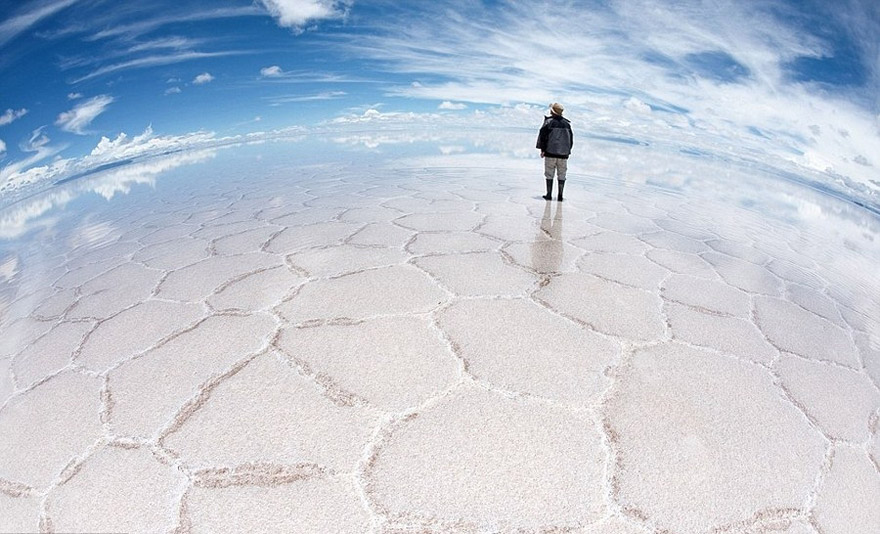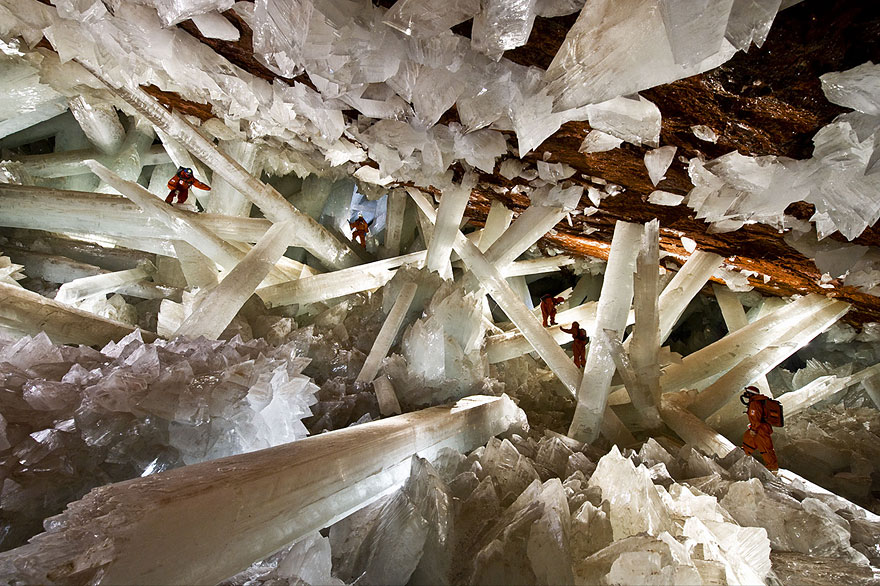Unbelievable Breathtaking Places in the world - Part 1
Tunnel of Love, Ukraine

Image credits: Oleg Gordienko
Beachy Head – England

Image Source: Beachy Head England
Tulip Fields in Netherlands

Image credits: Allard Schager
Salar de Uyuni: One of the World’s Largest Mirrors, Bolivia
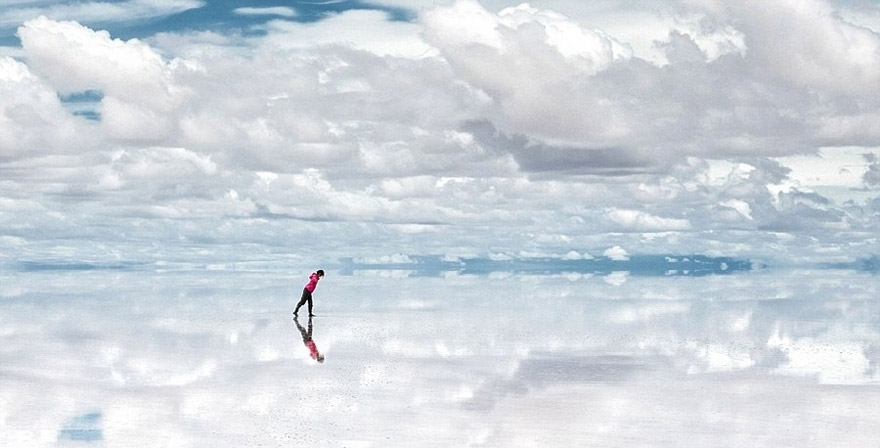
Image credits: dadi360
Mount Ararat eruption, Արարատ լեռը ժայթքում

Hitachi Seaside Park, Japan
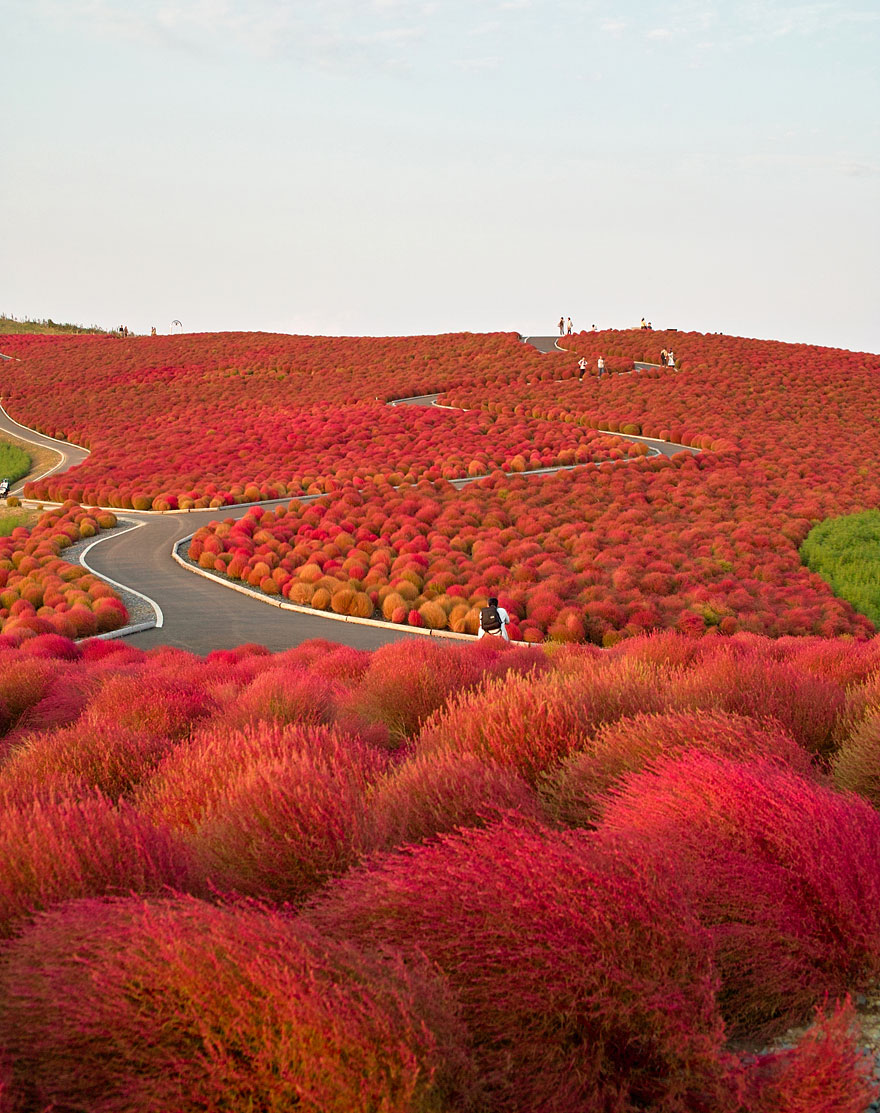
Mendenhall Ice Caves, Juneau, Alaska
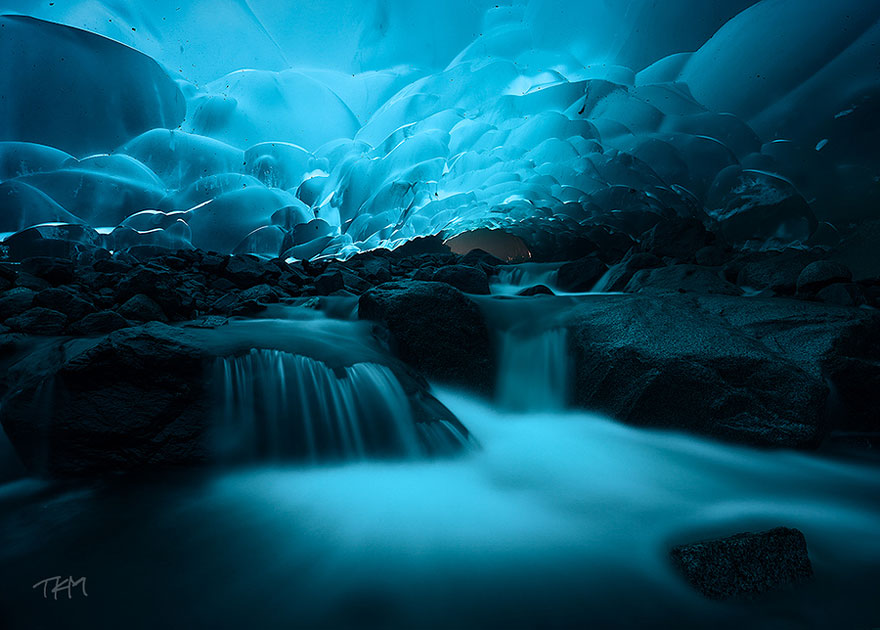
Image credits: Kent Mearig
Shifen Waterfall

Image Source: Shifen Waterfall
Red Beach, Panjin, China
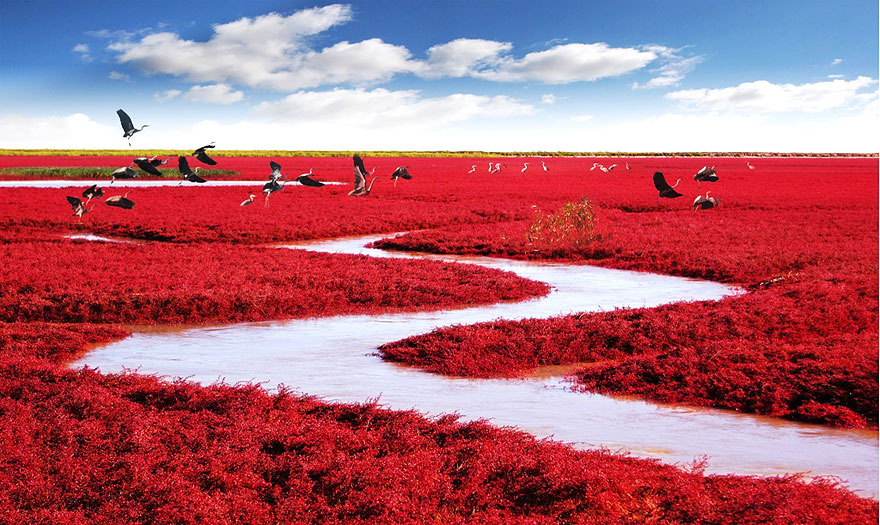
Image credits: MJiA
Bamboo Forest, Japan

Street in Bonn, Germany

Image credits: Adas Meliauskas
Naica Mine, Mexico
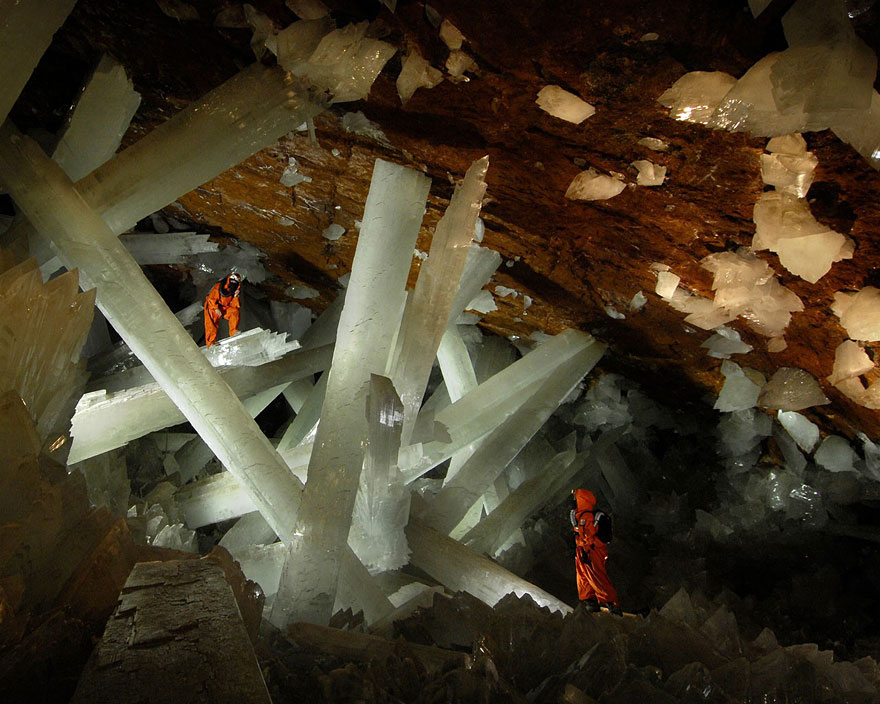
Image credits: nicole_denise
Wisteria Flower Tunnel in Japan
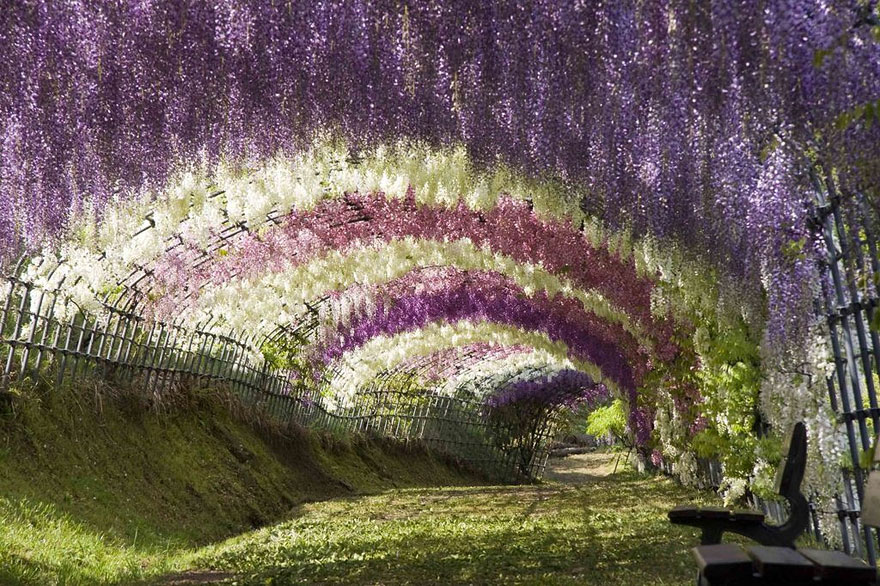

Somewhere in Romania
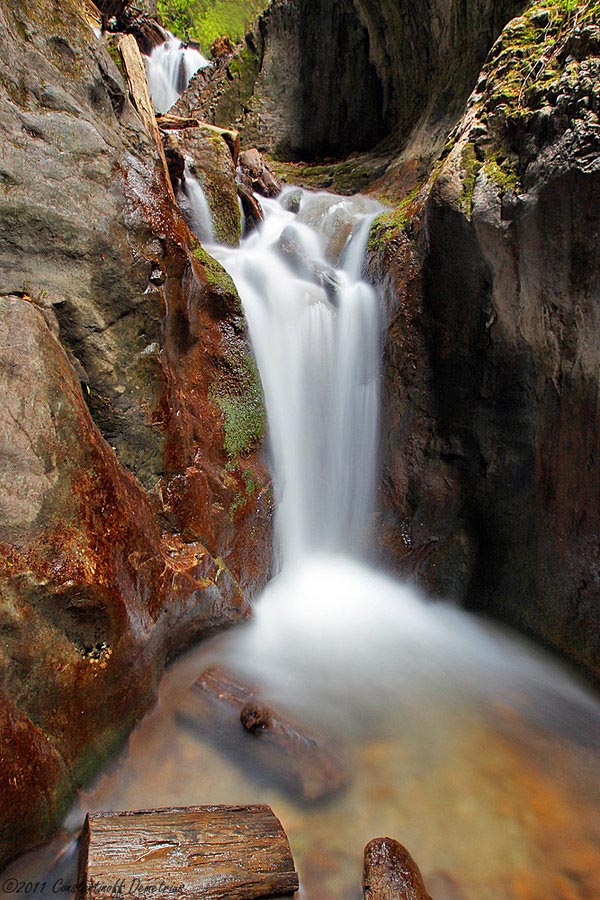
Image Source: Somewhere in Romania
Black Forest, Germany

Image credits: andy linden
Beautiful Venice – Italy

Image Source: Beautiful Venice Italy
Fields of Tea, China

Image credits: unknown
Tianzi Mountains, China

Image credits: Richard Janecki
Atlantic Ocean Road in Norway

Image Source: Atlantic Ocean Road in Norway
Hang Son Doong, Vietnam

Image credits: Carsten Peter
Shibazakura Flowers, Takinoue Park, Japan

Image credits: kimi-tourguide.blogspot.com
Antelope Canyon, USA

Image credits: CSMphotography
Lake Hillier, Australia
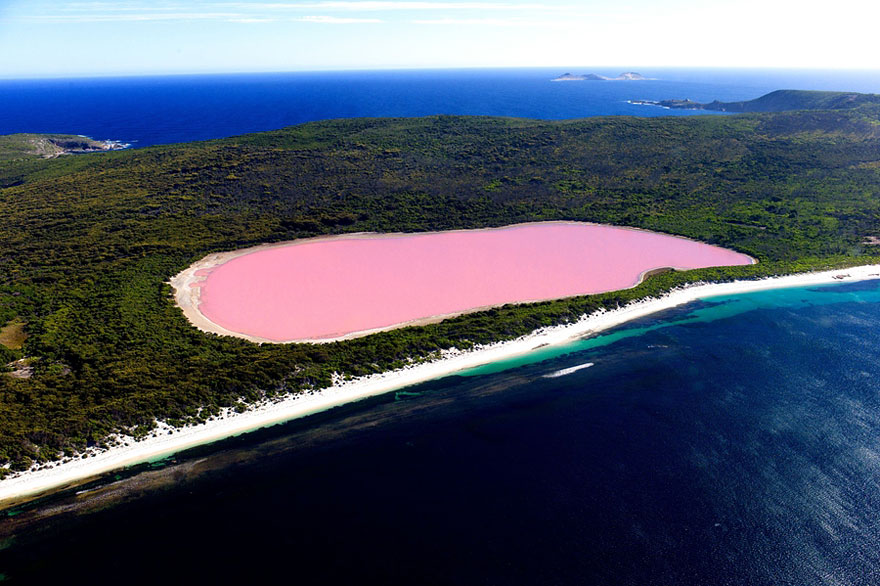
Image credits: Ockert Le Roux
Lake Retba, Senegal

Image credits: buzzfeed
Lavender Fields, UK and France


Canola Flower Fields, China


Image credits: +Lanzi
Mount Roraima, Venezuela/Brazil/Guyana

Zhangye Danxia Landform, China
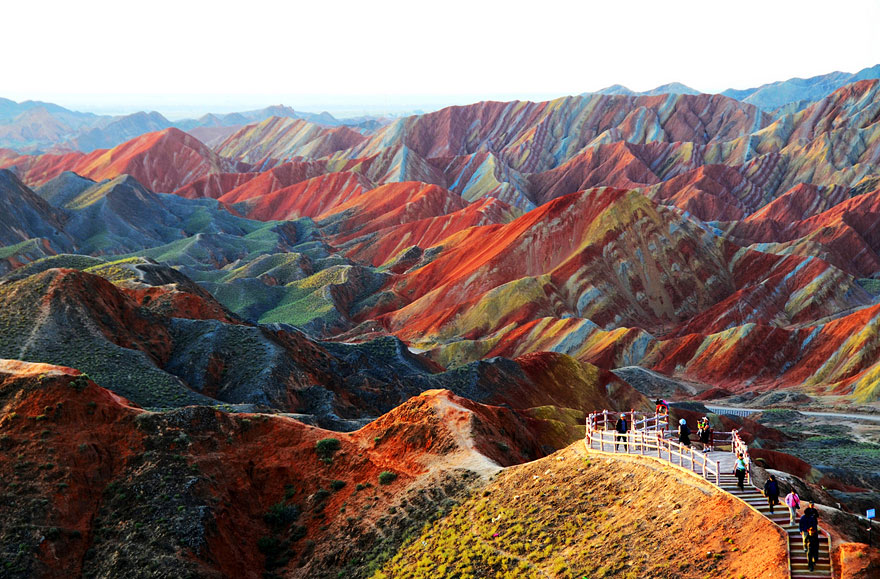
Image credits: unbelievableinfo.blogspot.it
Facts About Mosquitoes
Mosquitoes, the insects that are universally hated the world over. Few animals on Earth evoke the antipathy that mosquitoes do. Their itchy, irritating bites and nearly ubiquitous presence can ruin a backyard barbecue or a hike in the woods. These pesky, disease-carrying pests make a living by sucking the blood out of just about anything that moves, including us. But take a moment to look at things from the mosquito's perspective – it's a pretty interesting life.
1. Mosquitoes are the deadliest animals on Earth.
That's right, more deaths are associated with mosquitoes than any other animal on the planet.
That's right, more deaths are associated with mosquitoes than any other animal on the planet.
Mosquitoes may carry any number of deadly diseases, including malaria, dengue fever, yellow fever, and encephalitis. Mosquitoes also carry heartworm, which can be lethal to your dog.
2. Only female mosquitoes bite humans and animals; males feed on flower nectar.
Mosquitoes mean nothing personal when they take your blood. Female mosquitoes need protein for their eggs, and must take a blood meal in order to reproduce. Since males don't bear the burden of producing young, they'll avoid you completely and head for the flowers instead. And when not trying to produce eggs, females are happy to stick to nectar, too.
Mosquitoes mean nothing personal when they take your blood. Female mosquitoes need protein for their eggs, and must take a blood meal in order to reproduce. Since males don't bear the burden of producing young, they'll avoid you completely and head for the flowers instead. And when not trying to produce eggs, females are happy to stick to nectar, too.
3. Some mosquitoes don't bite humans, preferring other hosts like amphibians or birds.
Not all mosquito species feed on people. Some mosquitoes specialize on other animals, and are no bother to us at all. Culiseta melanura, for example, bites birds almost exclusively, and rarely bites humans.
Not all mosquito species feed on people. Some mosquitoes specialize on other animals, and are no bother to us at all. Culiseta melanura, for example, bites birds almost exclusively, and rarely bites humans.
4. Mosquitoes fly at speeds between 1 and 1.5 miles per hour.
That might sound fast, but in the insect world, mosquitoes are actually rather slow.
That might sound fast, but in the insect world, mosquitoes are actually rather slow.
If a race were held between all the flying insects, nearly every other contestant would beat the pokey mosquito. Butterflies, locusts, and honey bees would all finish well ahead of the skeeter.
5. A mosquito's wings beat 300-600 times per second.
This would explain that irritating buzzing sound you hear just before a mosquito lands on you and bites.
This would explain that irritating buzzing sound you hear just before a mosquito lands on you and bites.
6. Mosquito mates synchronize their wing beats to perform a lover's duet.
Scientists once thought that only male mosquitoes could hear the wing beats of their potential mates, but recent research on Aedes aegypti mosquitoes proved females listen for lovers, too. When the male and female meet, their buzzing synchronizes to the same speed.
Scientists once thought that only male mosquitoes could hear the wing beats of their potential mates, but recent research on Aedes aegypti mosquitoes proved females listen for lovers, too. When the male and female meet, their buzzing synchronizes to the same speed.
7. Salt marsh mosquitoes may travel up to 100 miles from their larval breeding habitat.
Most mosquitoes emerge from their watery breeding ground and stay pretty close to home. But some, like the salt marsh mosquitoes, will fly lengthy distances to find a suitable place to live, with all the nectar and blood they could want to drink.
Most mosquitoes emerge from their watery breeding ground and stay pretty close to home. But some, like the salt marsh mosquitoes, will fly lengthy distances to find a suitable place to live, with all the nectar and blood they could want to drink.
8. All mosquitoes require water to breed. Some species can breed in puddles left after a rainstorm.
Just a few inches of water is all it takes for a female to deposit her eggs. Tiny mosquito larva develop quickly in bird baths, roof gutters, and old tires dumped in vacant lots. If you want to keep mosquitoes under control around your home, you need to be vigilant about dumping any standing water every few days.
9. An adult mosquito may live 5-6 months.
Few probably make it that long, given our tendency to slap them silly when they land on us. But in the right circumstances, an adult mosquito has quite a long life expectancy, as bugs go.
Few probably make it that long, given our tendency to slap them silly when they land on us. But in the right circumstances, an adult mosquito has quite a long life expectancy, as bugs go.
10. Mosquitoes can detect carbon dioxide from 75 feet away.
Carbon dioxide, which humans and other animals produce, is the key signal to mosquitoes that a potential blood meal is near. They've developed a keen sensitivity to CO2 in the air. Once a female senses CO2 in the vicinity, she flies back and forth through the CO2 plume until she locates her victim.
Carbon dioxide, which humans and other animals produce, is the key signal to mosquitoes that a potential blood meal is near. They've developed a keen sensitivity to CO2 in the air. Once a female senses CO2 in the vicinity, she flies back and forth through the CO2 plume until she locates her victim.
Source : http://insects.about.com/od/flies/a/10-facts-about-mosquitoes.html
Subscribe to:
Posts (Atom)
Recent Posts
Popular Posts
-
All bridges serve a purpose, whether utilitarian or inspirational. And some of them add a distinct element of fear. But you don’t have to ...
-
Here Am Going to explain, How to create blog for Google Adsense using Blogger.com and Weebly.com. What is Blogger.com? You need on...
-
It’s no surprise or doubt that Google Adsense is the no:1 contextual advertising program available online. You can find several people ear...
-
Disney World Looney Tunes Cars 2 Toy Story 2 Cars 2 Bolt Pokeman Bolt (Walt Disney) Madagascar 2 The Simpsons ...
-
QUEEN VICTORIA Queen Victoria is Britain's longest reigning monarch, on the throne for 64 years. Alexandrina Vi...
-
Coca Cola Thums Up ...
-
JOSEF STALIN A look at the 20th century's most evil dictators, whose monstrous personalities and single party rule ranparall...
-
FRANKLIN D ROOSEVELT Franklin D Roosevelt was the US President famous for his New Deal who hid his disability from the world...
-
ABRAHAM LINCOLN Famous As: American President. Nationality: American Political Ideology: Republican (1854–1865), National ...
-
NELSON MANDELA A towering figure in 20th century history, Nobel Laureate Nelson Mandela showed how wisdom and patience c...
Recent Comments
Find us on Facebook
Labels
- Beautiful Places (2)
- BUCKINGHAM PALACE (1)
- Breathtaking Places (1)
- Christmas (1)
- DANGEROUS RUNWAY (1)
- Modern Engineering (1)
- Museums (1)
- Pencil Drawing (1)
- Places (1)
- Tunnels (1)
- University of Cambridge (1)
- WATER FALLS (1)




.jpg)
.jpg)

.jpg)

